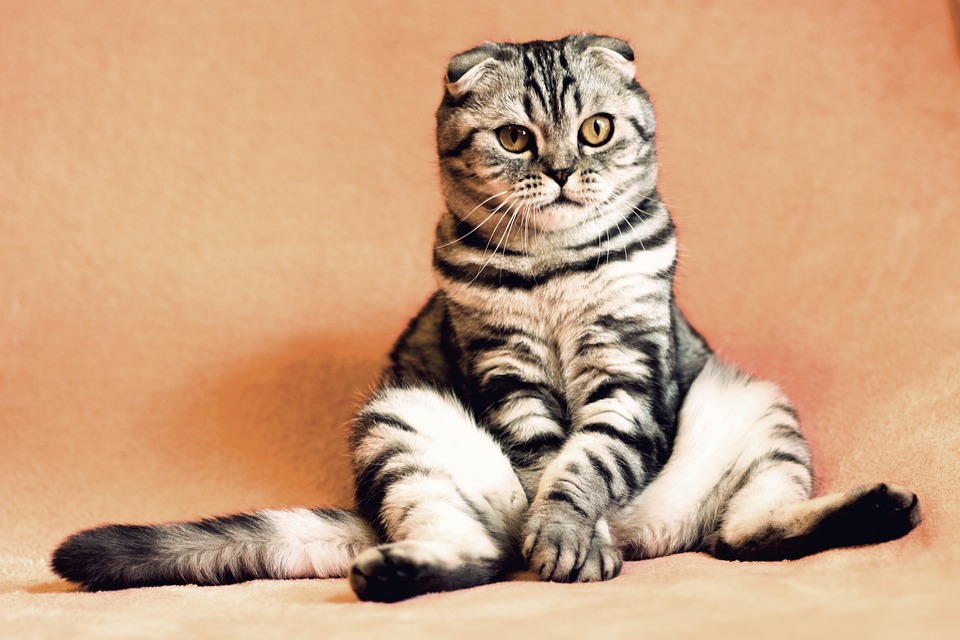Understanding the Flehmen Response: What it is and Why Animals Do It
Introduction:
Cats are fascinating creatures with unique behaviors that often leave us in awe. One such behavior is the Flehmen response, where cats curl their upper lips, exposing their teeth, and inhale deeply through their nostrils. This article aims to provide an in-depth understanding of the Flehmen response, its purpose, and why animals, including cats, exhibit this intriguing behavior.
I. What is the Flehmen Response?
A. Defining the Flehmen Response:
The Flehmen response, also known as the Flehmen grimace, is a behavior observed in various animals, including cats, horses, dogs, and some mammals. It involves the curling of the upper lip and the inhalation of scents or chemical signals.
B. Recognizing the Physical Signs:
When a cat exhibits the Flehmen response, it curls its upper lip, exposing its front teeth. The cat then inhales deeply through its nostrils, holding the breath momentarily. This behavior is often accompanied by a tilted head and a fixed gaze.
II. The Purpose of the Flehmen Response:
A. Sensing Pheromones and Chemical Signals:
One of the primary purposes of the Flehmen response is to detect and analyze pheromones and chemical signals in the environment. By inhaling scents through a special vomeronasal organ located in the roof of their mouths, animals can gather crucial information about potential mates, territory, and prey.
B. Determining Reproductive Status and Attractiveness:
The Flehmen response allows animals to determine the reproductive status and attractiveness of potential mates. By analyzing the pheromones emitted by other animals, they can determine if a female is in estrus or if a male is ready to mate.
C. Assessing Territorial Markings:
Animals, including cats, use the Flehmen response to evaluate and understand territorial markings left by other animals. By sniffing the scent marks, they can gather information about potential rivals or the presence of prey in a certain area.
D. Evaluating Prey or Food Sources:
The Flehmen response also helps animals evaluate the quality and suitability of prey or food sources. By analyzing the scents emitted by potential prey, they can assess its freshness, nutritional value, and potential dangers.
III. Animals that Exhibit the Flehmen Response:
A. Cats and Domestic Felines:
Cats, both domestic and wild, commonly exhibit the Flehmen response. It is particularly observed when they encounter new scents or when they are investigating potential mates.
B. Other Animals that Flehmen:
Apart from cats, many other animals exhibit the Flehmen response. This behavior has been observed in horses, dogs, cattle, giraffes, and various other mammals.
IV. Frequently Asked Questions (FAQs):
1. Why do cats curl their lips during the Flehmen response?
Cats curl their lips to expose a special organ called the vomeronasal organ, which helps them analyze scents more effectively.
2. Can I trigger the Flehmen response in my cat?
Yes, certain scents, such as catnip or pheromones, can trigger the Flehmen response in cats.
3. Are there any dangers associated with the Flehmen response?
No, the Flehmen response is a natural behavior and does not pose any inherent dangers to animals.
4. How does the Flehmen response differ between males and females?
While both males and females exhibit the Flehmen response, the intensity and frequency may vary depending on the individual and its hormonal status.
5. Is the Flehmen response only observed in adult cats?
No, kittens can also exhibit the Flehmen response, although it may be less pronounced or less frequent compared to adult cats.
6. Can the Flehmen response indicate illness or discomfort in cats?
In some cases, a prolonged or exaggerated Flehmen response can be a sign of illness or discomfort. It is always best to consult a veterinarian if you notice any abnormal behavior in your cat.
Conclusion:
The Flehmen response is a remarkable behavior observed in various animals, including cats. By understanding this behavior and its purpose, we gain a deeper insight into the complex communication systems of our feline friends. While the Flehmen response may seem peculiar to us, it plays a vital role in how animals perceive the world around them.








